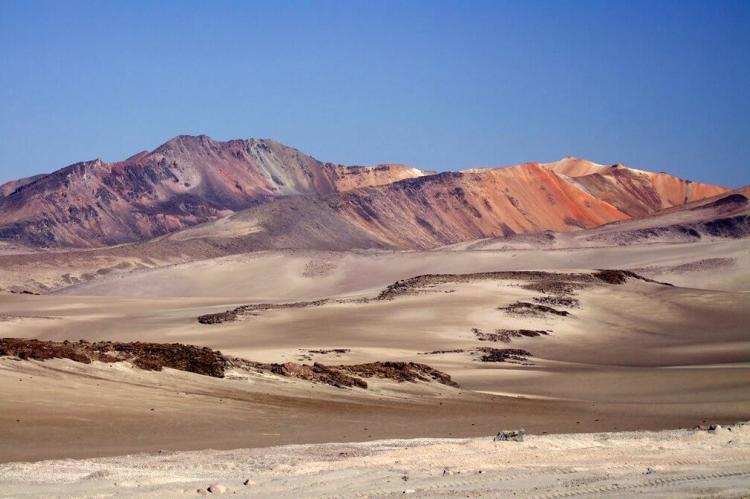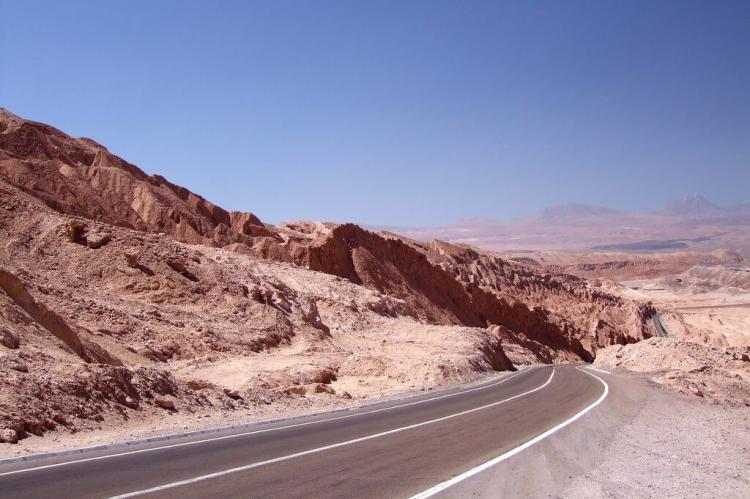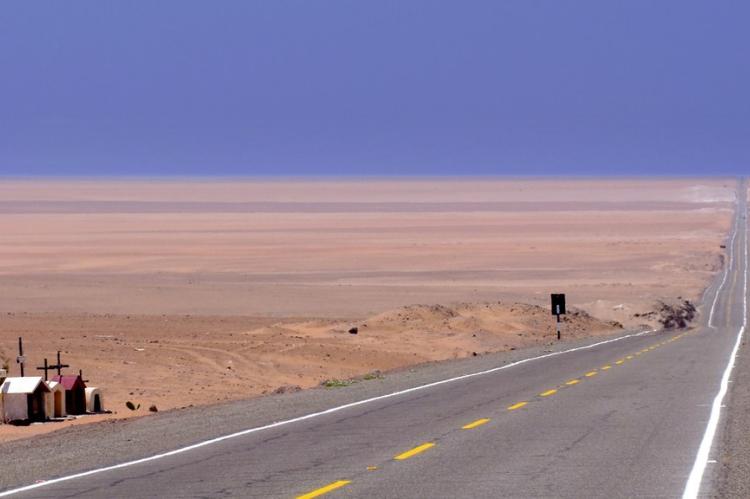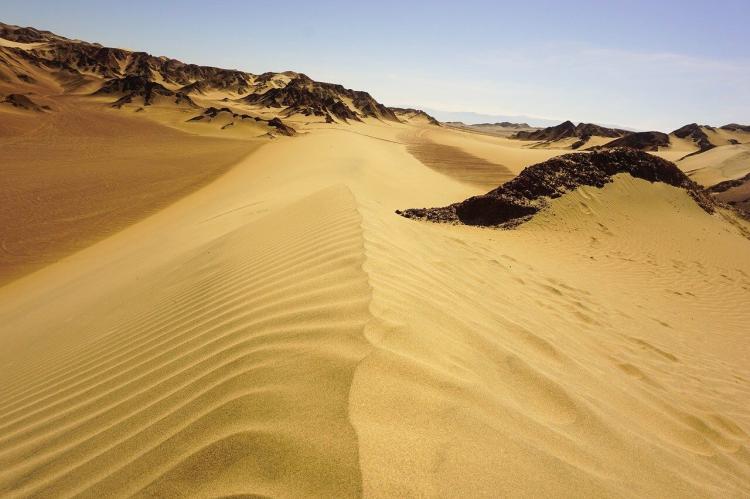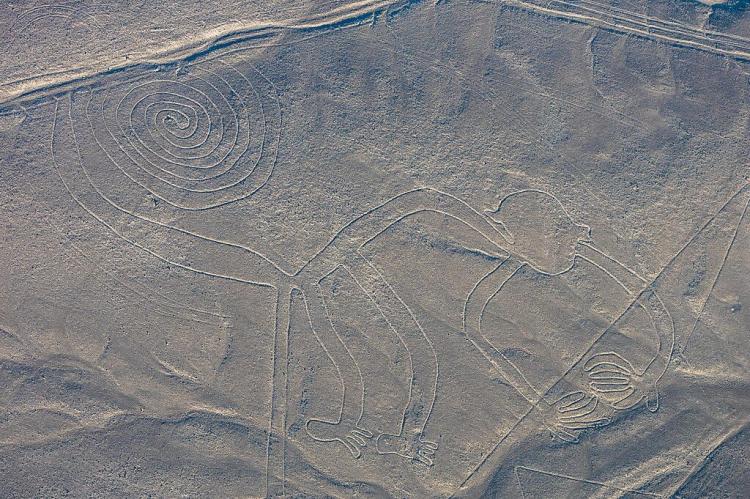The Sechura and Nazca Deserts: Exploring Peru's Desert Wonders
Peru, a land of diverse landscapes and natural wonders, unfolds a tale of two contrasting yet equally captivating deserts along its western coastline—the Sechura and Nazca Deserts. These arid expanses, shaped by the relentless forces of nature, stand as testaments to the resilience of life.
The Sechura and Nazca Deserts
Exploring Peru's Desert Wonders
Peru, a land of diverse landscapes and natural wonders, unfolds a tale of two contrasting yet equally captivating deserts along its western coastline—the Sechura and Nazca Deserts. These arid expanses, shaped by the relentless forces of nature, stand as testaments to the resilience of life in extreme environments and offer a unique blend of geological marvels and biodiversity.
Sechura Desert
The Sechura Desert spans approximately 50,000 square kilometers (19,300 square miles), making it one of the largest deserts in Peru. Its boundaries extend from the Piura Region in the north to the Lambayeque Region in the south, outlining a coastal tapestry of arid plains, dunes, and rugged terrain. The desert is an integral part of the Tumbes-Chocó-Magdalena biodiversity hotspot, characterized by a mosaic of ecosystems ranging from dry forests to mangroves.
Climate and Terrain
The Sechura Desert, a classic coastal desert ecoregion, experiences a hyper-arid climate with minimal rainfall, primarily occurring between June and October. The desert is marked by high temperatures, reaching over 30°C (86°F), and low humidity. The persistent Humboldt Current along the Pacific Coast contributes to the aridity, preventing warm, moisture-laden air from reaching the shoreline.
The terrain of the Sechura Desert is diverse, featuring expansive dunes, salt flats, and rocky plateaus. The imposing Cerros de Amotape mountain range adds a rugged dimension to the landscape, creating a dynamic interplay of geological features.
Flora and Fauna
While the Sechura Desert might seem barren, it harbors a surprising array of flora and fauna adapted to its challenging conditions. Xerophytic plants, capable of surviving with minimal water, dominate the landscape. Species like the carob tree (Prosopis pallida) and the algarrobo tree (Prosopis pallida) have evolved remarkable strategies to endure the arid climate.
The desert is also home to various animal species, including rodents, reptiles, and insects adapted to the harsh conditions. Notably, the Sechuran fox (Lycalopex sechurae), a small carnivore, navigates the dunes in search of prey, showcasing the resilience of life in this seemingly desolate environment.
Unique Geological Features
Distinguished by its geological diversity, the Sechura Desert boasts distinctive features that contribute to its allure. The immense dunes of the Sechura Desert, notably the Cerro Blanco dune, stand as some of the tallest in the world. These colossal sand formations, sculpted by the relentless winds, create an otherworldly panorama that attracts adventurers and photographers alike.
The desert's salt flats, such as the Salinas y Aguada Blanca National Reserve, reveal vast crystalline salt deposits shimmering under the intense sunlight. Ancient fossils in some areas underscore the desert's geological history and the remnants of prehistoric marine life that once thrived along its shores.
Human Interaction and Challenges
Despite its arid nature, the Sechura Desert has not escaped human influence. Traditional agriculture, particularly the cultivation of crops like cotton and grapes, has been practiced in some areas using innovative irrigation techniques. However, the delicate balance between human activities and the fragile desert ecosystem poses challenges, including soil erosion and habitat disruption risks.
Mining activities also leave their mark on the Sechura Desert, with salt extraction and mineral exploration contributing to environmental concerns. Conservation efforts are crucial to mitigating these impacts and preserving this coastal desert's unique biodiversity and geological features.
Conservation and Tourism
Recognizing the ecological importance of the Sechura Desert, conservation initiatives aim to protect its unique flora and fauna. Establishing protected areas, such as the Salinas y Aguada Blanca National Reserve, underscores Peru's commitment to preserving the desert's natural heritage. These efforts safeguard the region's biodiversity and promote sustainable tourism, allowing visitors to appreciate the desert's beauty while minimizing environmental impact.
Nazca Desert
Southward from the Sechura Desert lies the Nazca Desert, a region most renowned for the enigmatic Nazca Lines. Spanning approximately 280 miles between the towns of Nazca and Palpa, this arid expanse draws global fascination for the massive geoglyphs etched into its surface.
Nazca Lines
The Nazca Lines, a UNESCO World Heritage Site, comprise an array of intricate geoglyphs depicting animals, plants, and geometric shapes. Created between 500 BCE and 500 CE, these massive drawings, ranging from simple lines to complex figures like hummingbirds and spiders, remain an archaeological puzzle, inviting speculation about their purpose and the ancient Nazca people's sophisticated understanding of their environment.
Climate and Biodiversity
Like the Sechura Desert, the Nazca Desert experiences an arid climate, with minimal rainfall and high temperatures. Its landscape features vast plateaus and plains, contributing to preserving the Nazca Lines over centuries.
While not as biodiverse as some ecosystems, the Nazca Desert supports hardy flora and fauna adapted to challenging conditions. Indigenous plant species, including cacti, thrive in the arid soil. Insects, reptiles, and small mammals navigate the desert's expanse, showcasing adaptations to its unique climate.
Conservation and Preservation
Preserving the Nazca Lines is a delicate endeavor. Erosion, caused by natural forces and human activity, threatens these ancient masterpieces. Conservation efforts focus on sustainable tourism, responsible management of visitor impact, and research to unravel the mysteries behind these colossal drawings.
Conclusion
The Sechura and Nazca Deserts, distinct in their features yet intertwined along Peru's western coast, weave a narrative of contrasts and harmonies. From the stark beauty of the Sechura's dunes to the mystique of the Nazca Lines, these arid landscapes beckon explorers, researchers, and conservationists alike. As Peru embraces the challenge of balancing human interaction with the delicate ecosystems of these deserts, the story of these coastal wonders continues to evolve, inviting the world to witness the intricate tapestry of life etched in the sands of time.
